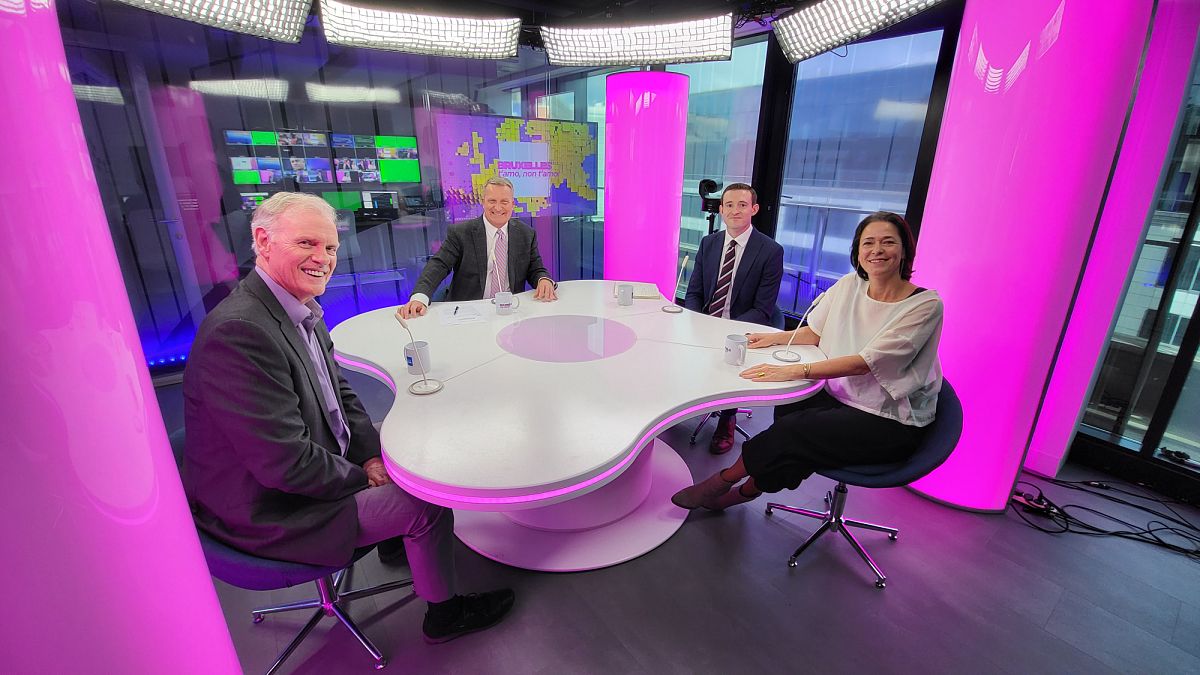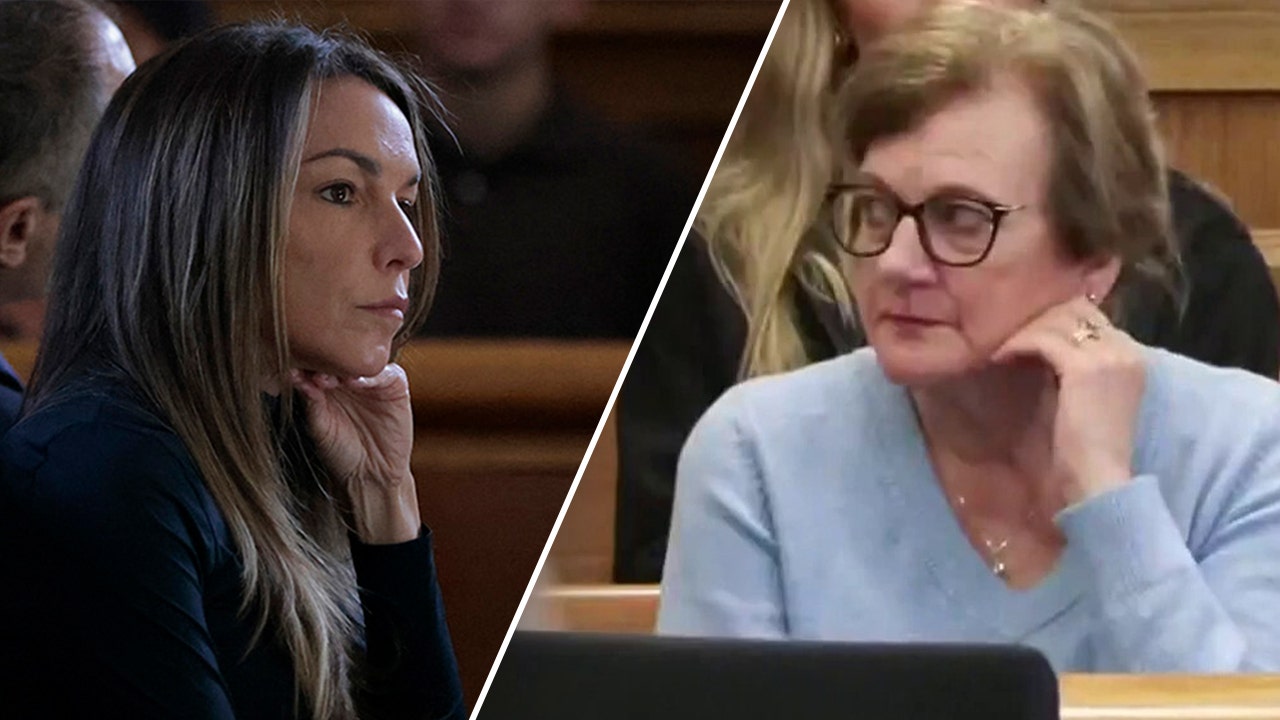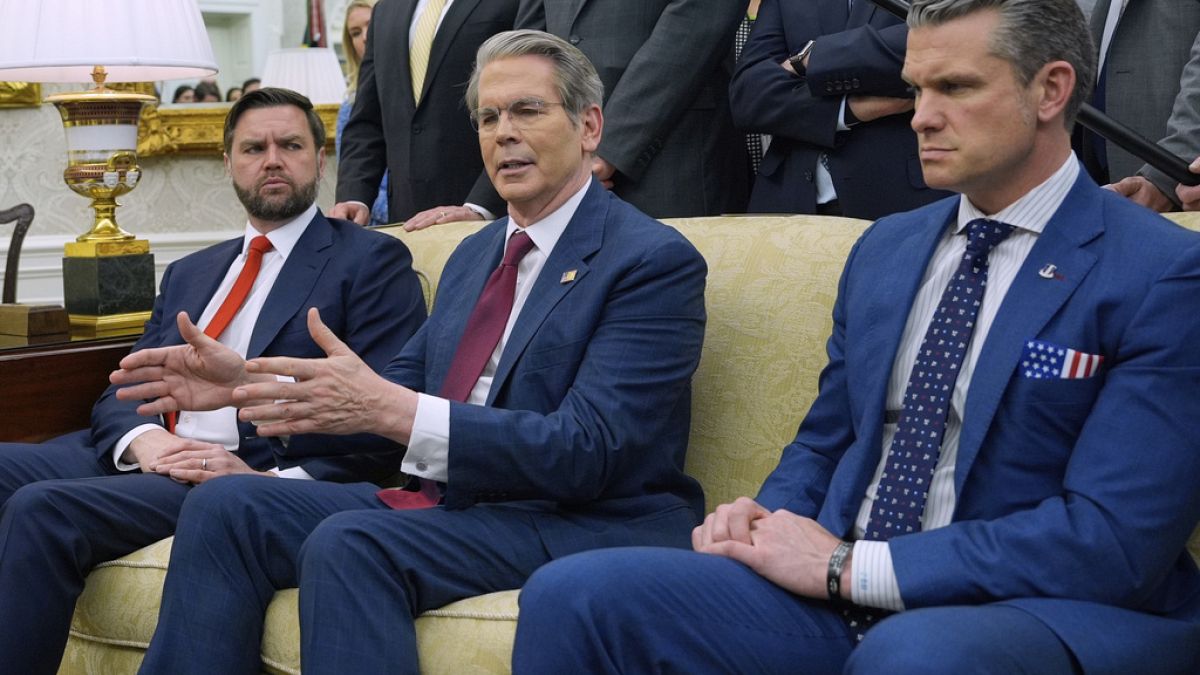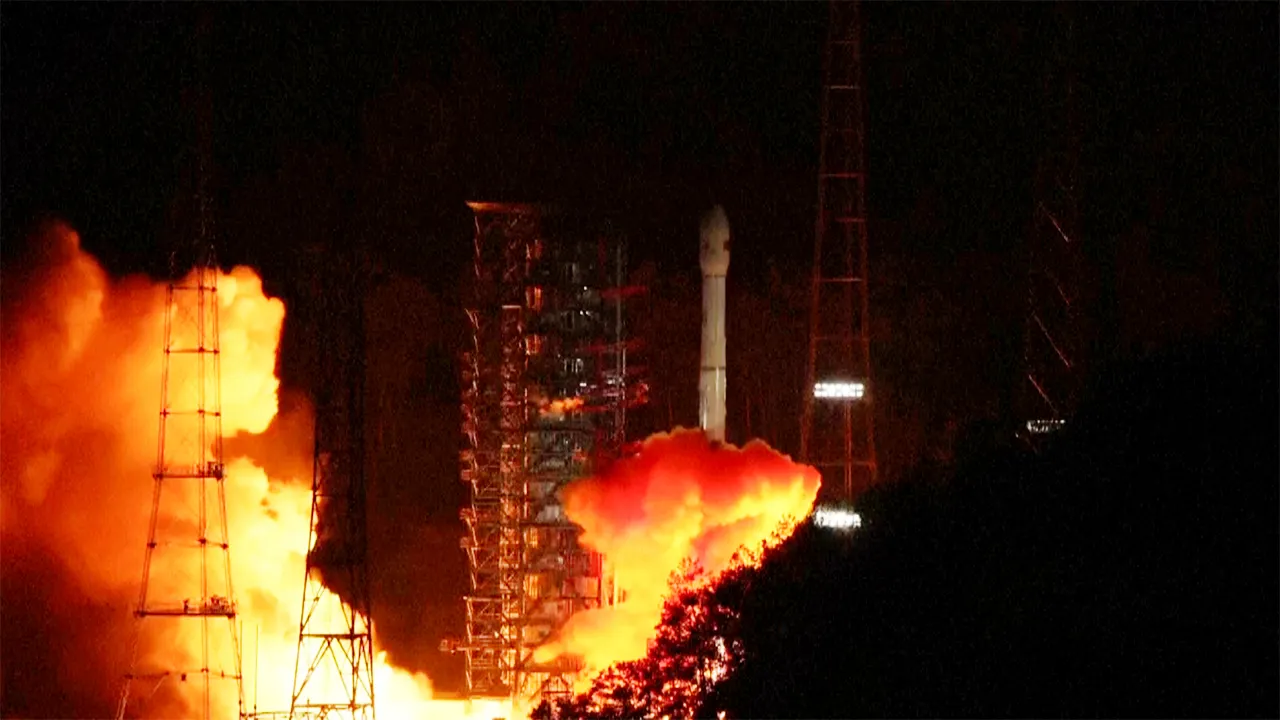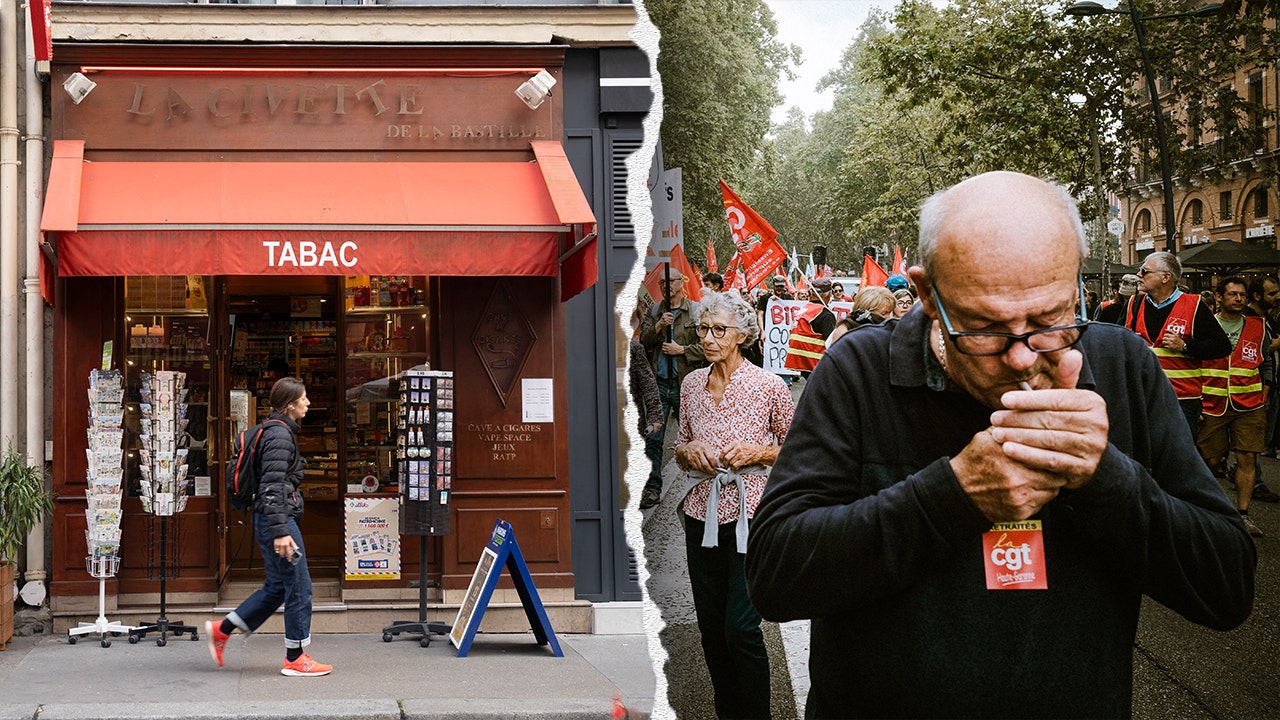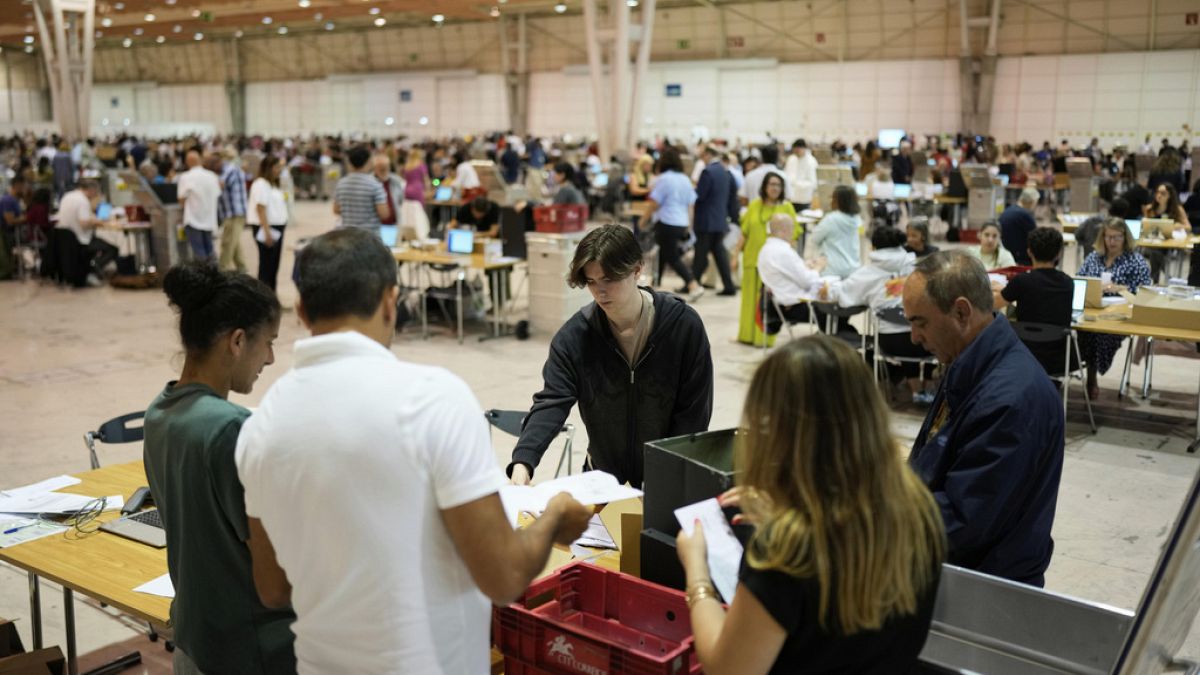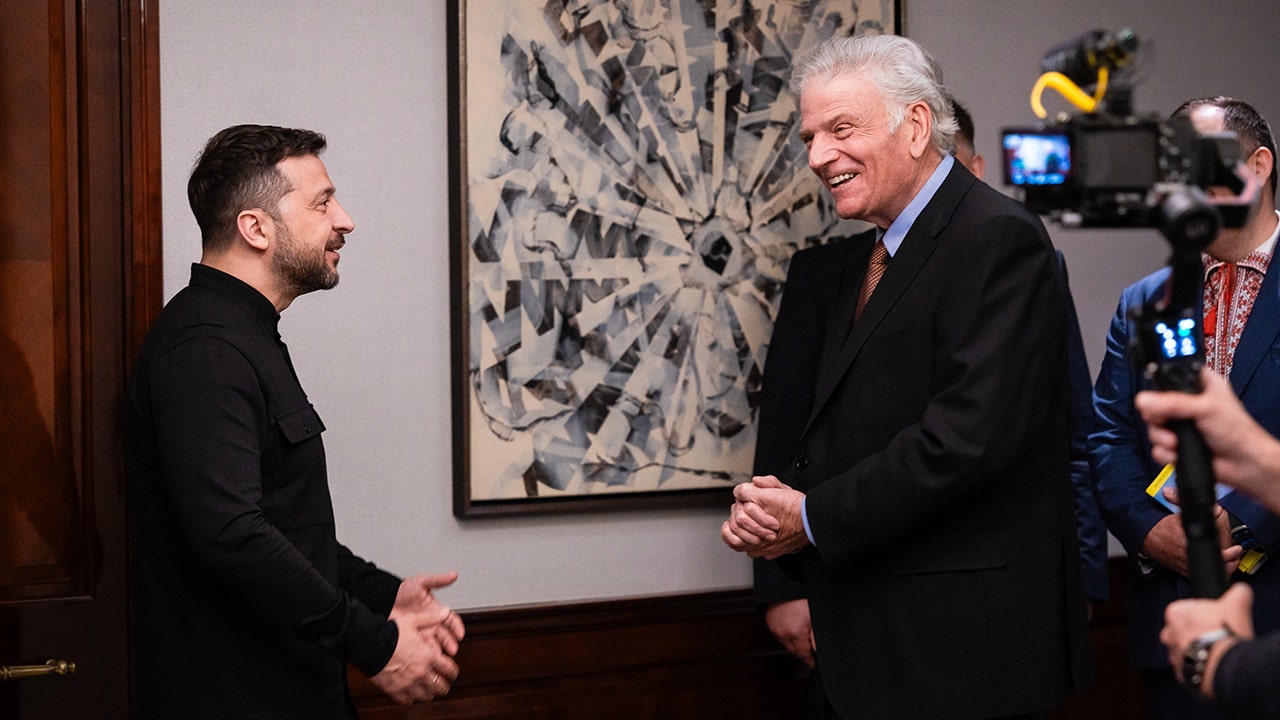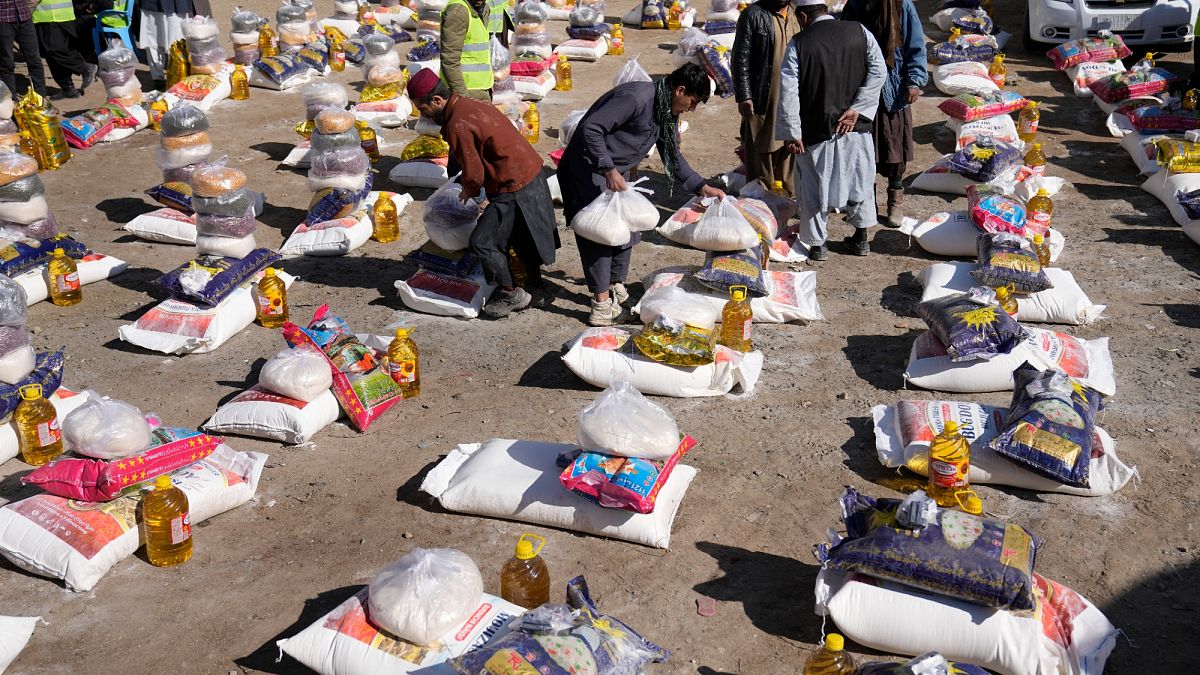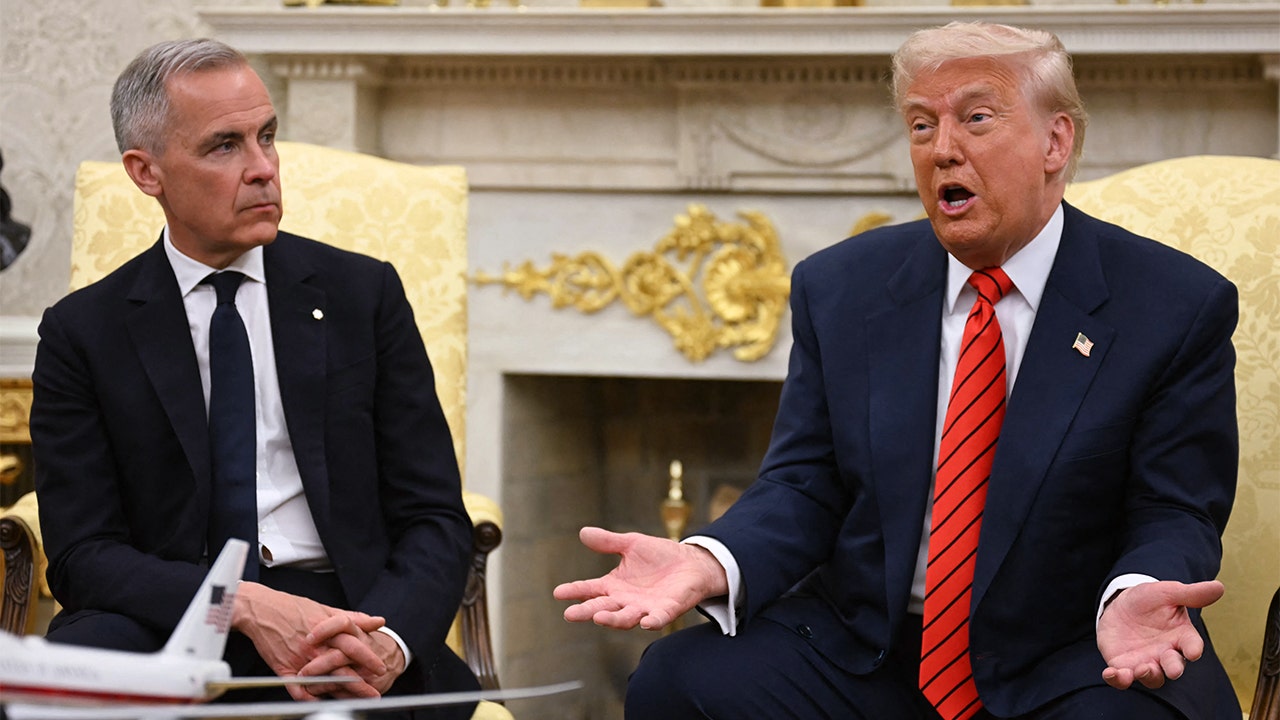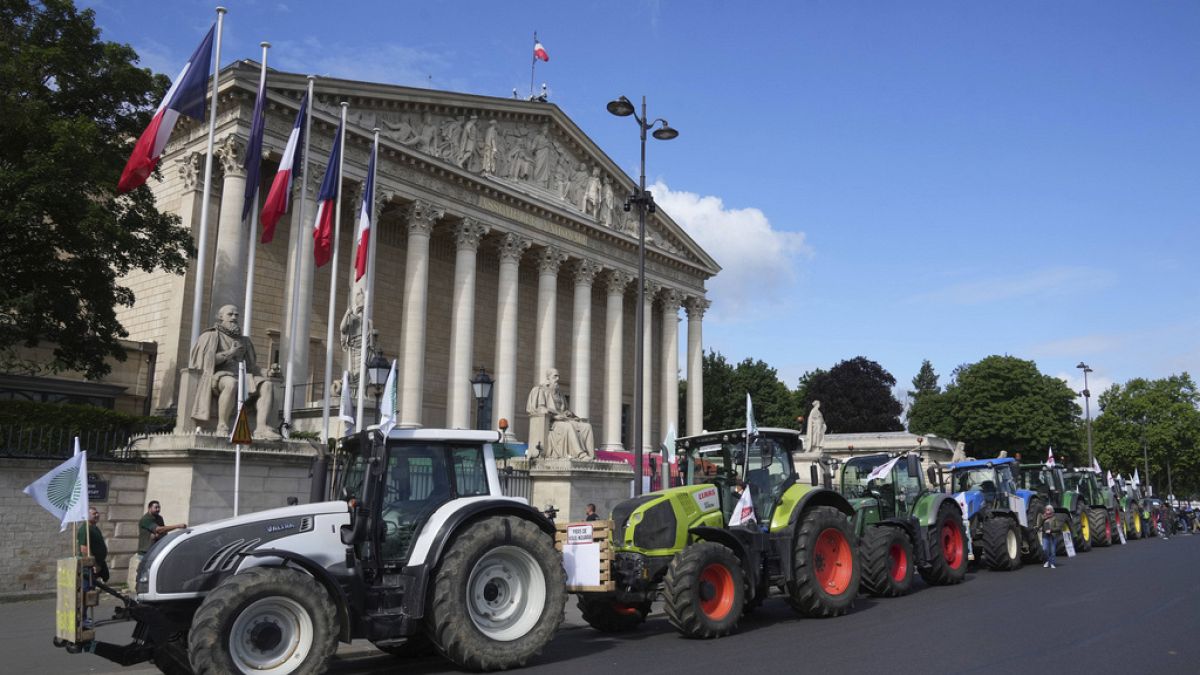America has been consuming more than it produces for decades now, so Washington may appear on the surface to hold the stronger cards in a tariff war with China. But decades of deindustrialisation have left the US dependent on trading partners for everything from cars and electronic gadgets to toys and cheap garments. Nowhere is that dependency more acute than in the case of critical raw materials – a problem shared by the EU.
Just two after the US president declared Liberation Day and presented his list of ‘reciprocal’ trade tariffs in the rose garden of the White House, Beijing quietly imposed export controls on seven rare earth metals. Readers may not be familiar with samarium, gadolinium, terbium, dysprosium, lutetium, scandium, and yttrium, but if you are reading this on a phone, you’re holding several of them in your hand.
It is not a ban, but exporters will have to apply for a licence for shipments of these metals and related products, allowing Beijing – which subsequently hit a dozen mainly military firms with a ban on the export of ‘dual-use’ goods, and put another six on an ‘unreliable entities’ list – to effectively control what goes where.
Such heavy rare earth metals are just one of 34 items listed in the Critical Raw Materials Act adopted by the EU last year. Along with minerals like lithium and cobalt, they are essential for electric cars and other clean energy applications, as well as digital and weapons technology. It’s no coincidence that from the get-go almost all such essential minerals were on the long list of materials exempted from Trump’s scattergun tariff regime.
The EU gets all of its heavy rare earths from China and, like the US, is ramping up efforts to secure alternative supply lines of these and other essential minerals.
So far it has relied on a diplomatic offensive rather than the strong-arm tactics used by Washington in the cases of Ukraine, Greenland – and even a Canada that Trump has insisted should become the 51st state. The scramble for raw materials is not only about trade relations; it also raises moral questions over striking deals with unsavoury regimes, and what to do when mineral-rich regions are blighted by armed conflict – as they perhaps inevitably are.
A moral dilemma
The EU has struck 14 strategic partnerships with potential suppliers of essential raw materials since 2021, starting with Canada then just months before the outbreak of war on the bloc’s eastern flank, Ukraine. The most recent memorandum of understanding was signed with Serbia last July, but it is Rwanda, whose president Paul Kagame marks a quarter of a century in office this week, which has most severely tested the limits of Brussels’ realpolitik when it comes to securing mineral supplies.
Kigali stands accused of supporting and even controlling the Congolese rebel March 23 Movement (M23) – an ethnically Tutsi group that has seized swathes of the mineral rich eastern Democratic Republic of Congo (DRC) including the regional capital Goma – and of being complicit in the smuggling of coltan ore containing the valuable rare earth metal tantalum.
Brussels imposed sanctions last month on key Rwandan military officials and M23 leaders – but only under heavy international pressure, not least after the US imposed sanctions of its own in early February and the European Parliament adopted a resolution demanding the same from Brussels and the suspension of the minerals deal.
Luxembourg had come under fire for delaying the imposition of sanctions at an EU Council summit of foreign ministers on 24 February, where the EU high representative Kaja Kallas said the situation was “very grave and…on the brink of regional conflict”.
The EU eventually agreed its package of sanction on 17 March, targeting mainly Rwandan military officials and M23 leaders, but the EU executive is still reviewing the strategic partnership on raw materials.
The campaign group Global Witness issued on 15 April an analysis based on trade data and testimony from smugglers alleging a major Luxembourg-based trading firm has been buying sourcing minerals from the DRC via Rwanda.
“Our investigation strongly suggests that conflict coltan from DRC and smuggled to Rwanda has entered the EU,” said Alex Kopp, a campaigner with the NGO. “It seems that the EU has not been able to put effective safeguards in place and should immediately rescind its raw materials partnership with Rwanda.”
But Brussels appears to be in no hurry to do so. “After discussion at the February Foreign Affairs Council, it was agreed that further discussions are required,” a European Commission spokesperson told Euronews. “A decision has not yet been taken on the next steps,” the spokesperson said.
Roel Dom, a research fellow at the economics think tank Bruegel, has been closely following developments in the region, and wrote in February that the EU needed to be strict with Kigali to both “maintain credibility and encourage conflict de-escalation”.
“As the EU deepens its partnerships to secure critical minerals, the situation in eastern Congo highlights a stark dilemma: how to uphold its commitments to peace and democratic governance while navigating a global race for resources,” Dom told Euronews. “The case of Rwanda shows just how fragile that balance can be.”
Kagame: ‘Go to hell’
The Rwandan president’s response to sanctions imposed so far by the EU, Canada, US and others? “Go to hell,” he told them
earlier this month. “You have your own issues to deal with…leave me to mine.”
Meanwhile, president Trump’s chief Africa advisor Massad Boulos met Congolese President Felix Tshisekedi in Kinshasa this month to discuss a potential minerals-for-security deal, a form of leverage the US is also using in Ukraine.
Months of often rancorous talks between Washington and Kyiv appear to be coming to a head, with Ukraine’s economy ministry publishing on 18 April the text of a jointly signed memorandum affirming their intention to reach a deal. Ukrainian prime minister was due to travel to Washington today with the goal of inking a final agreement by the end of the week.
The Commission has also been criticised for cosying up to Belgrade as the government in Serbia is accused of cracking down on protesters, including opponents of a lithium mine in the north-west of the country that the EU executive hopes will rescue European carmakers from dependence on Chinese imports.
Commission president Ursula von der Leyen’s continues to trot the globe in search of critical raw materials. Following a trip to South Africa and, more recently, a Central Asia summit where rare earths and other minerals were high on the agenda, she is expected to travel to Vietnam – which by some estimates is in the top three worldwide for rare earth metal reserves.
Onshore…
Beyond efforts to diversify supply chains, the EU is also looking to bolster its self-sufficiency by onshoring mineral production and processing. The Critical Raw Materials Act (CRMA) adopted a year ago identifies 17 raw materials, including light and heavy rare earths, as being of ‘strategic’ importance, setting legally binding targets to mine 10% of its needs by the end of the decade, with processing capacity increased to 40% and a quarter of all minerals being recycled.
Overall, by 2030 no single supplier should be relied upon to supply more than 65% of any mineral. A glance at the map shows how far the EU still has to go.
Norway, not an EU member but a neighbour and part of the European Free Trade Area, is seen as a potential source. “Scandinavia is super rich, not only oil and gas in Norway, but also many raw materials, rare earth elements in Sweden, phosphate and other raw materials in Norway,” Michael Wurmser, the founder of Norge Mining, told Euronews.
“We have to find and discover new resources to establish autonomy on certain raw materials, to re-establish resiliency,” said Wurmser, whose firm holds dozens of licences for mineral resources in southern Norway and plans to produce several items on the EU critical list: vanadium, phosphate and titanium.
Local residents need to be persuaded of the benefits, he acknowledged, arguing that often they are unaware of where car batteries come from and pointing to cobalt from the DRC mined under “dire” conditions.
“If you allow these kind of raw materials to be extracted in Scandinavia under a high level of control, then you have a battery which is really green,” he said. “If not, you allow also Russia to export its raw materials – you indirectly finance the war,” he said.
…and offshore
But Oslo recently caused alarm among environmentalists when the government announced its intention to allow the exploration of its Arctic continental shelf with a view to potential deep sea mining, raising fears that opening the seabed to dredging and mining would devastate ecosystems that have already been ravaged by decades of overfishing.
The first licensing round was due to start around now, but was cancelled late last year after the small Left Socialist (LV) party threatened to withhold support for the annual budget. The future of Norway’s seabed mining plans will depend to a large extent on the outcome of general elections in September, but prime minister Jonas Gahr Stoere has already said the forced halt was merely a “postponement”.
Since then, Donald Trump has gone a step further. In addition to an executive order last month to rapidly ramp up domestic production, Washington appears to be considering giving the green light to deep-sea mining in international waters so the US can start stockpiling nodules of mineral ore from the sea bed.
“Unilateral mining of the deep sea, which is the common heritage of humankind, would be a fundamental breach of the UN Convention on the Law of the Sea, which for over 40 years has provided stability in ocean governance,” said Duncan Currie, a legal expert with the Deep Sea Conservation Coalition.
The United Nations’ International Seabed Authority – 169 countries plus the EU, but not the US – has agreed by consensus not to licence seabed exploitation without agreement on strict environmental standards. The latest round of talks on the text of such an agreement closed in Jamaica last month.
The Metals Company (TMC), a Canadian seabed mining outfit, had lobbied hard but apparently to no avail at the week-long session for opening up the high seas to exploitation – announced on 27 March that it had been enjoying a “constructive engagement” with the US regulators and government officials and was ready to apply for exploitation licenses under US, rather than international, law.
ISA secretary-general Leticia Carvalho responded with a warning the following day that the United Nations Convention on the Law of the Sea was “the only universally recognised legitimate framework” and applied by long-standing convention even to the handful of countries that have not ratified it.
It remains to be seen whether Trump will take any notice of that.
Read the full article here



